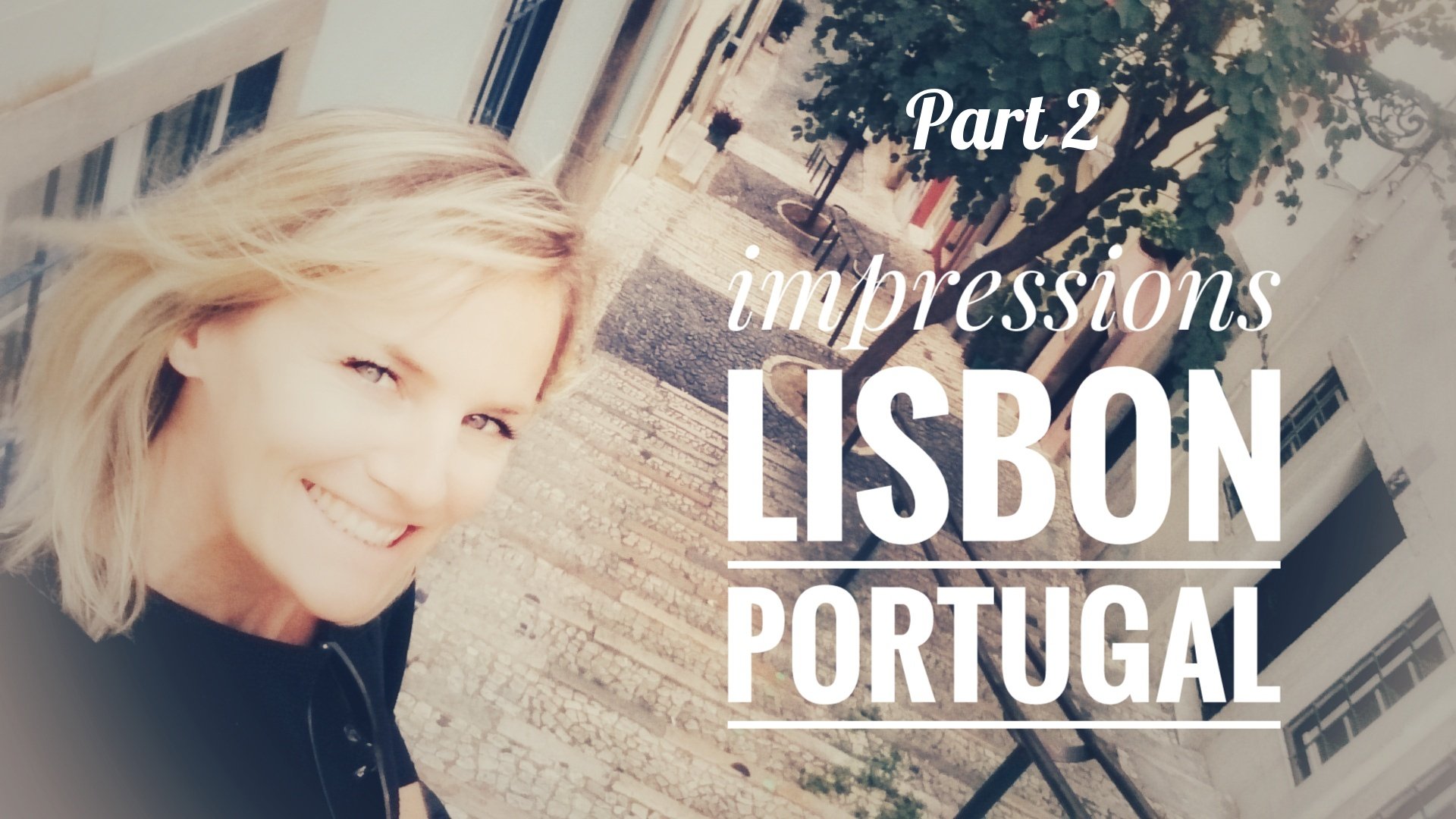
Despite the many steep hills, walking is by far, the best way to experience Lisbon (with the tram coming up close in 2nd place).
So get your sneakers on and come with me on my second day in Lisbon to discover a multitude of treasures!
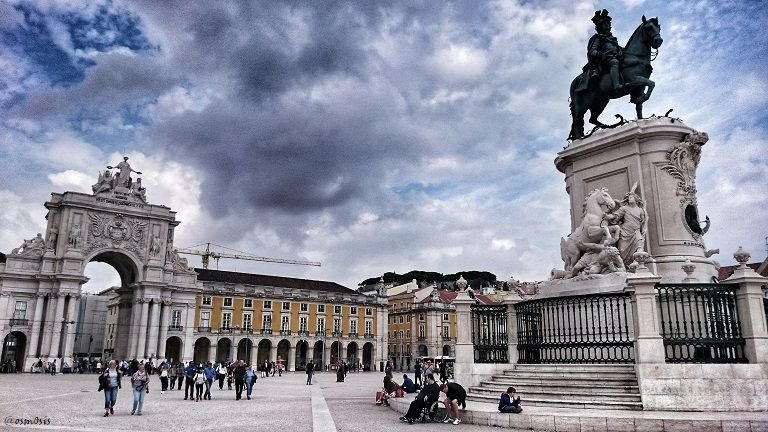
When the square was first built, the commercial ships would unload their goods directly here, as it was considered the “door” to Lisbon.
Notice the equestrian statue of Joseph I of Portugal and the majestic triumphal arch built to celebrate the reconstruction of the city after the earthquake.


Top left is the row of arcades found all along the façade of the buildings surrounding Commerce Square.
When I walked past the river, I found a wide display of cairn had been built using riverbed rocks. I was itching to make my own as it is one of my favourite activity when traveling, but the horde of tourists trying to capture photos made this endeavour impossible.
Surprising to see there were still quite a lot of tourists for an early November day...
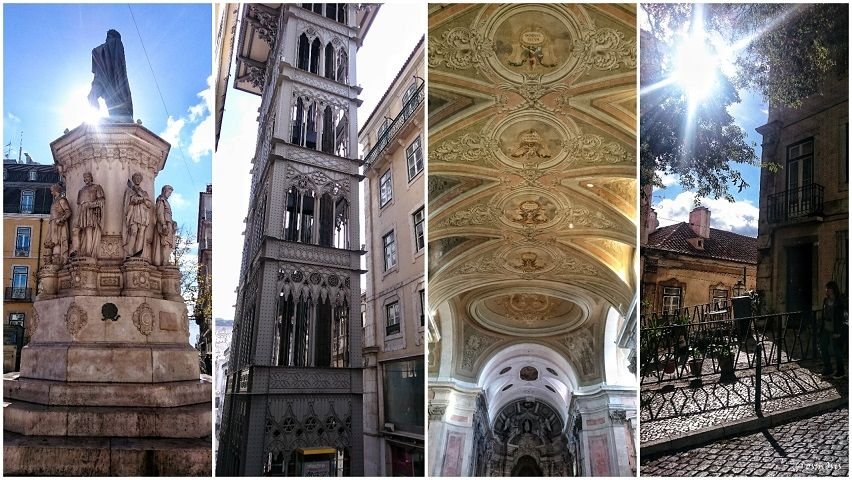
The Santa Justa Lift which you can see on the 2nd photo from the left, was engineer Mesnier du Ponsard's answer to all pedestrian prayers! The iron structure opened in 1902 and stands 45m high (148 feet tall).
Glad to see somebody came up with an idea to remedy Lisbon's tired feet from walking up and down the numerous hills!

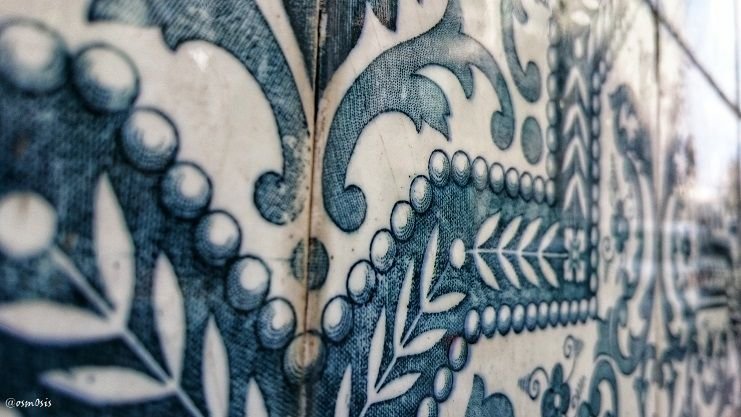
As one cannot possibly visit Lisbon without noticing this beautiful work of art, I found myself capturing every possible tile in search for the one I hadn't photographed yet. A very fun treasure hunt if you like walking (Thanks for enduring the pain @abh12345 😉).
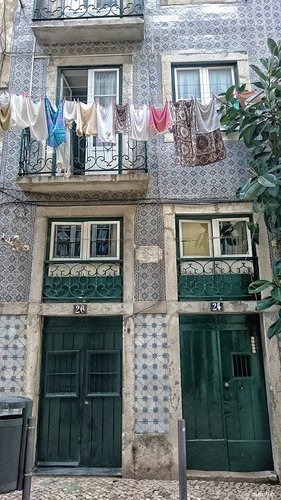 Façade of a home decorated with azulejos | 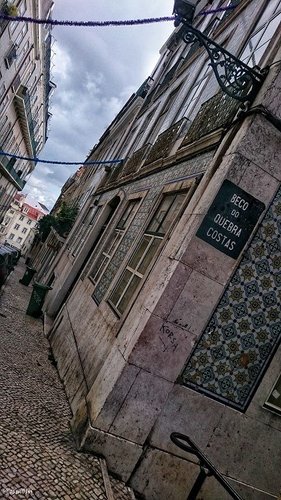 Azulejos galoooore! |
|---|

Above is a collection of some of my favourite ones in shades of green and purple.
And below is what I suppose was a reconstruction of fallen tiles using spare ones(?), in the church of Nossa Senhora da Conceição.


The ceramic techniques and glazing methods were adapted centuries ago when Christian and Islamic-Moorish cultures coexisted on the Iberian peninsula.
The patterns used are complex and reflect a taste for geometry and floral designs.

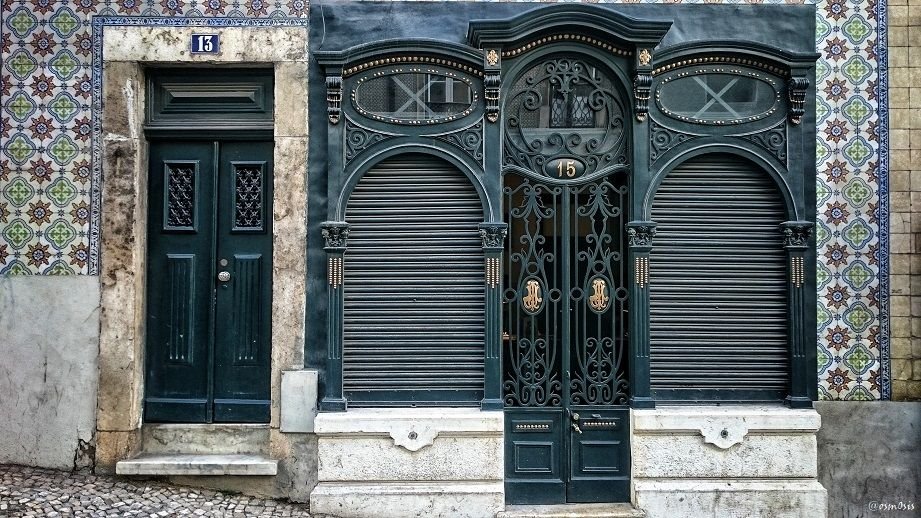
If you look at each detail in the photo closely, you may notice the intricately designed window frames and wrought iron doors blending together beautifully within the surrounding azulejos.

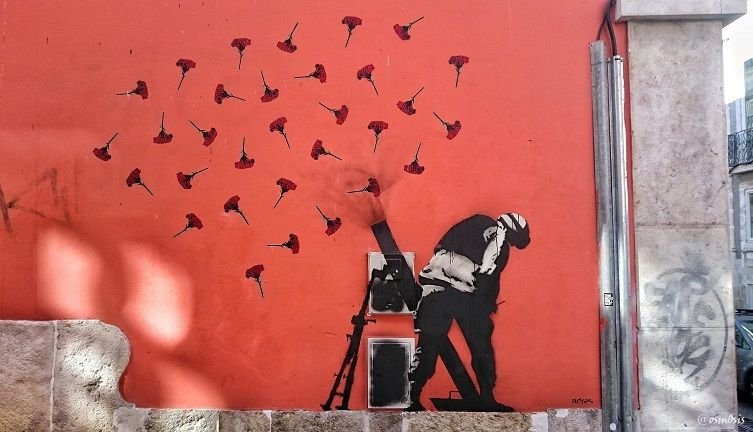
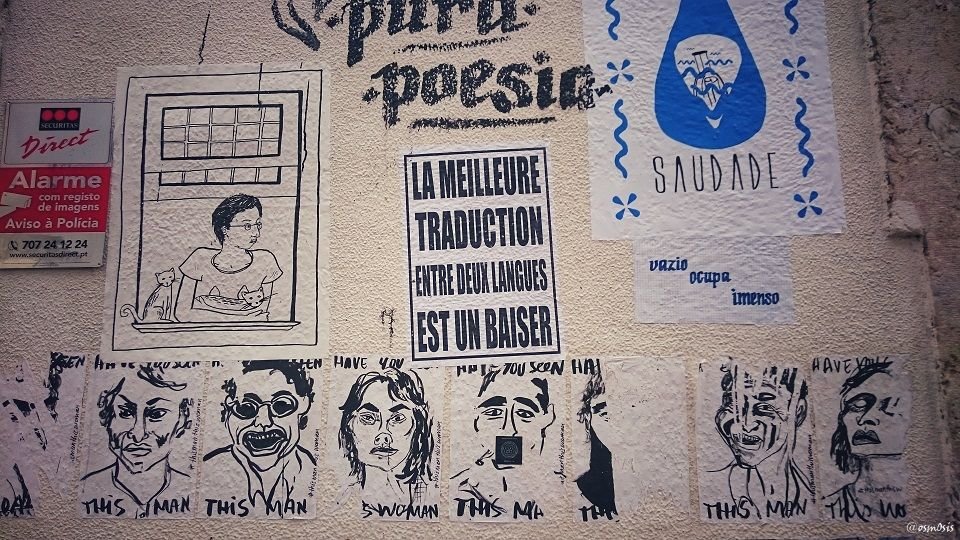
La meilleure traduction entre deux langues est un baiser -----> The best translation between two languages is a kiss (in French the word "langue" has 2 meanings: language and tongue😉)
) BE YOUR REVOLUTION | ) Futuristic city |
|---|

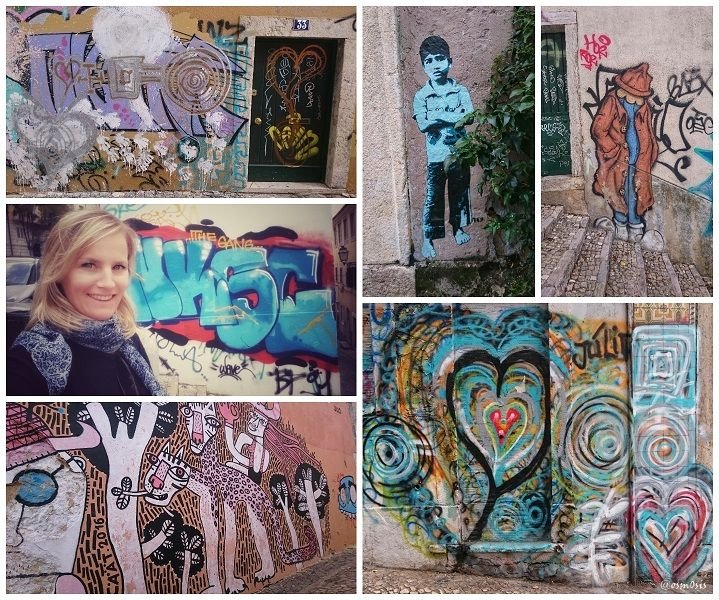
Do you know of a city which would easily rival with Lisbon's street art culture?

All photos in this post were taken with my SONY Xperia Z3.
Please don't hesitate to leave comments, share ideas, upvote/resteem. I love to hear from all of you!
To check out some of my previous posts, click on the links below:
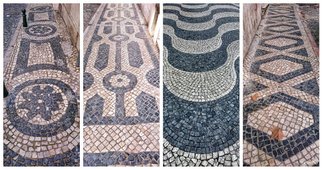 Walk with me LISBON Part1 |  CryptoKitty |
|---|---|
 Guessing Game |  Black and White |
“Learning is not a race for information, it is a walk of discovery” - Jane Healy

